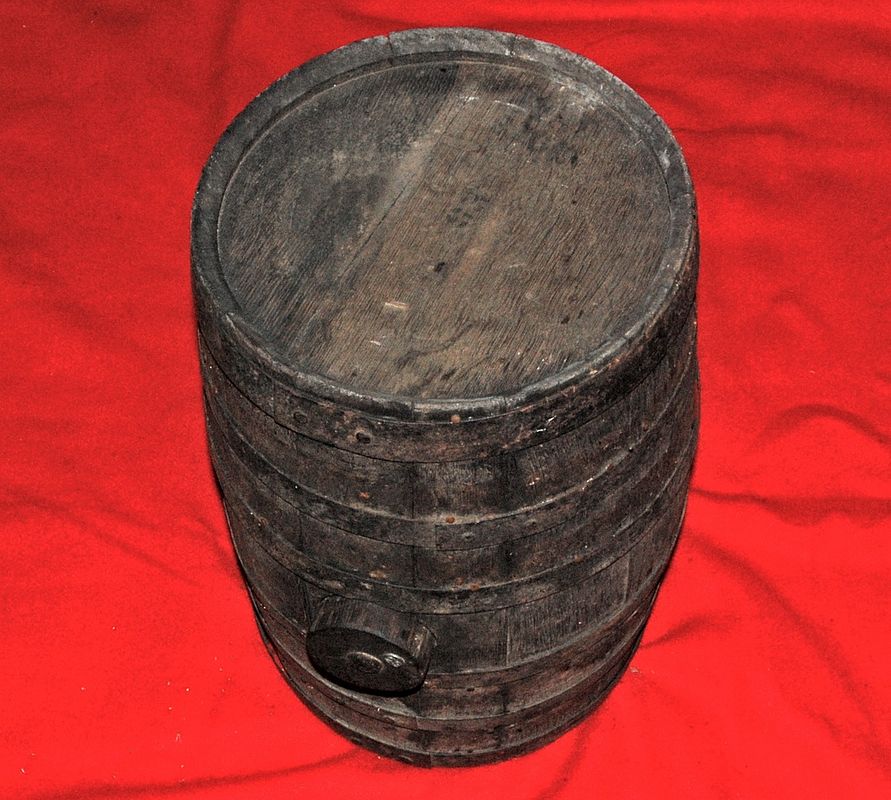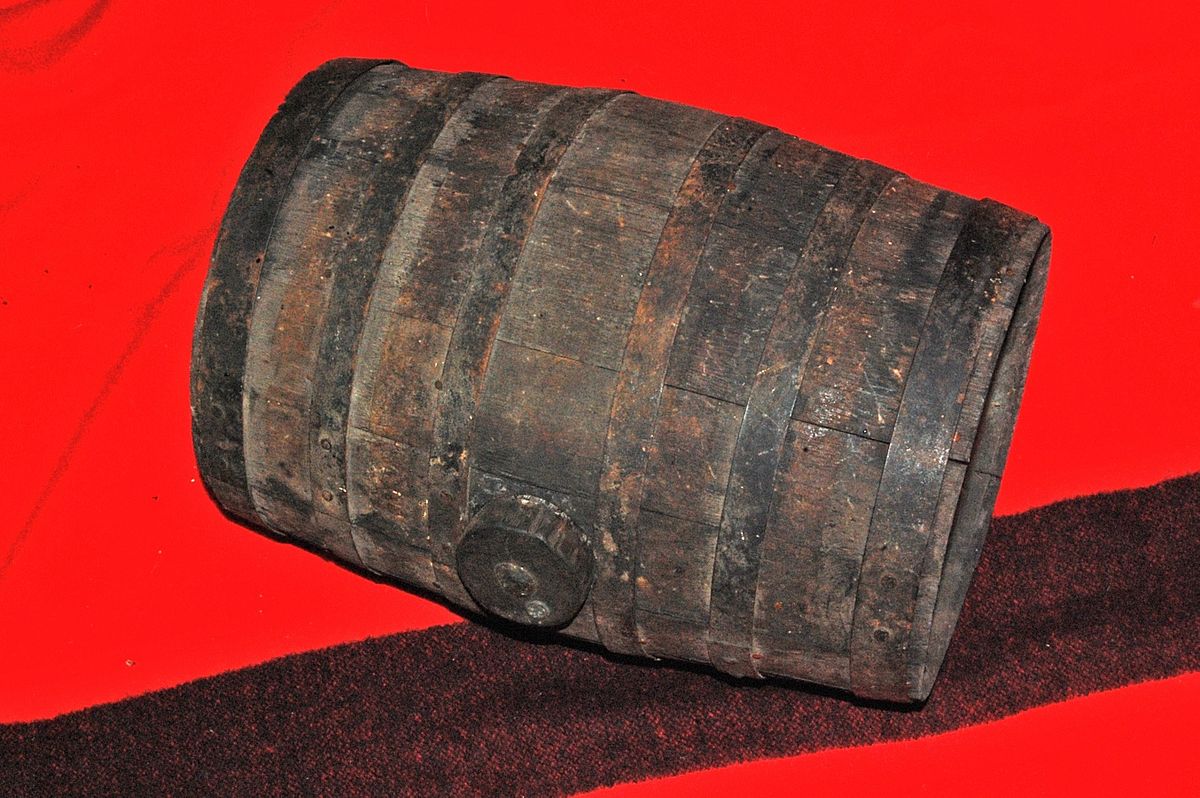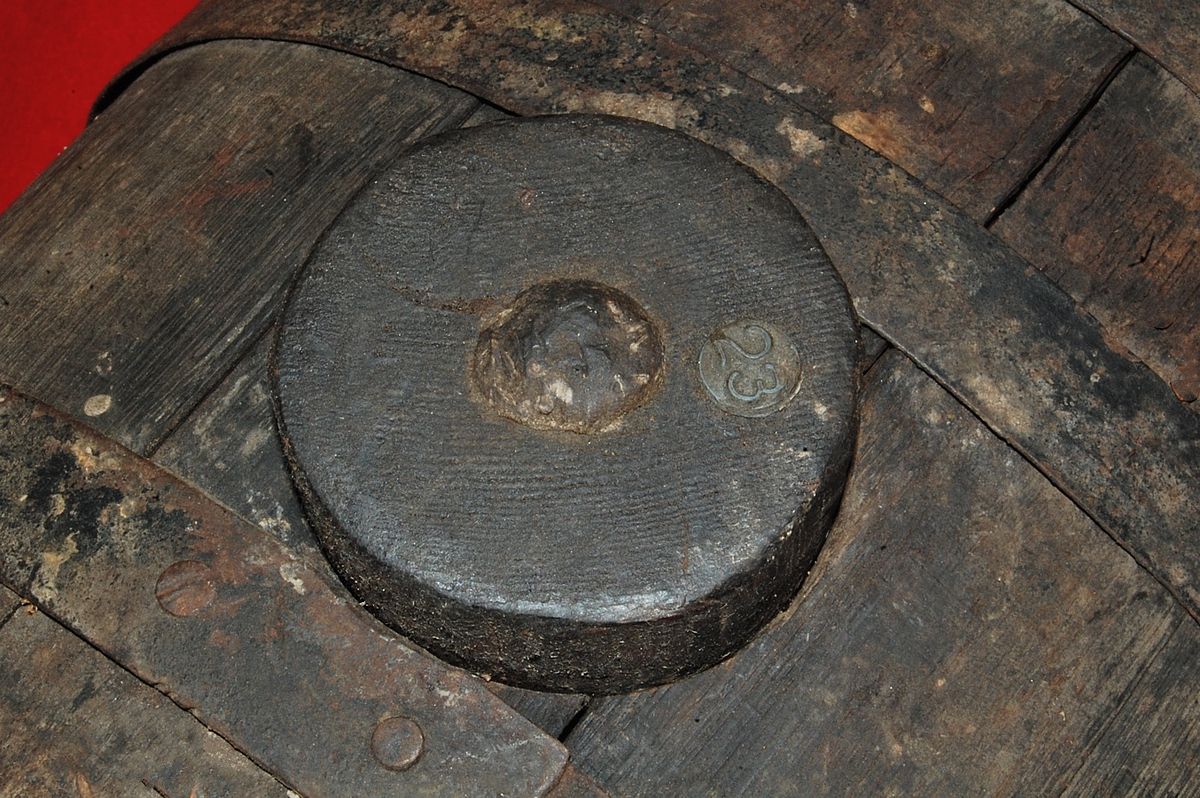Greetings,
I am building a Rendezvous era fur trappers winter cabin in the back of my property across the creek and in the woods.
I am sparsely furnishing it with period correct (or reproduction) items.
The thing to give me ponder is black powder containers. Checking my many references,journals, etc. I cannot nail down exactly how powder was sold at Rendezvous. Was it poured out of a large keg into canvas sacks by the pound? Was it sold by pre determined weight in wooden kegs from St Louie? Or what?
Educate me, please and thanks!
I am building a Rendezvous era fur trappers winter cabin in the back of my property across the creek and in the woods.
I am sparsely furnishing it with period correct (or reproduction) items.
The thing to give me ponder is black powder containers. Checking my many references,journals, etc. I cannot nail down exactly how powder was sold at Rendezvous. Was it poured out of a large keg into canvas sacks by the pound? Was it sold by pre determined weight in wooden kegs from St Louie? Or what?
Educate me, please and thanks!

















